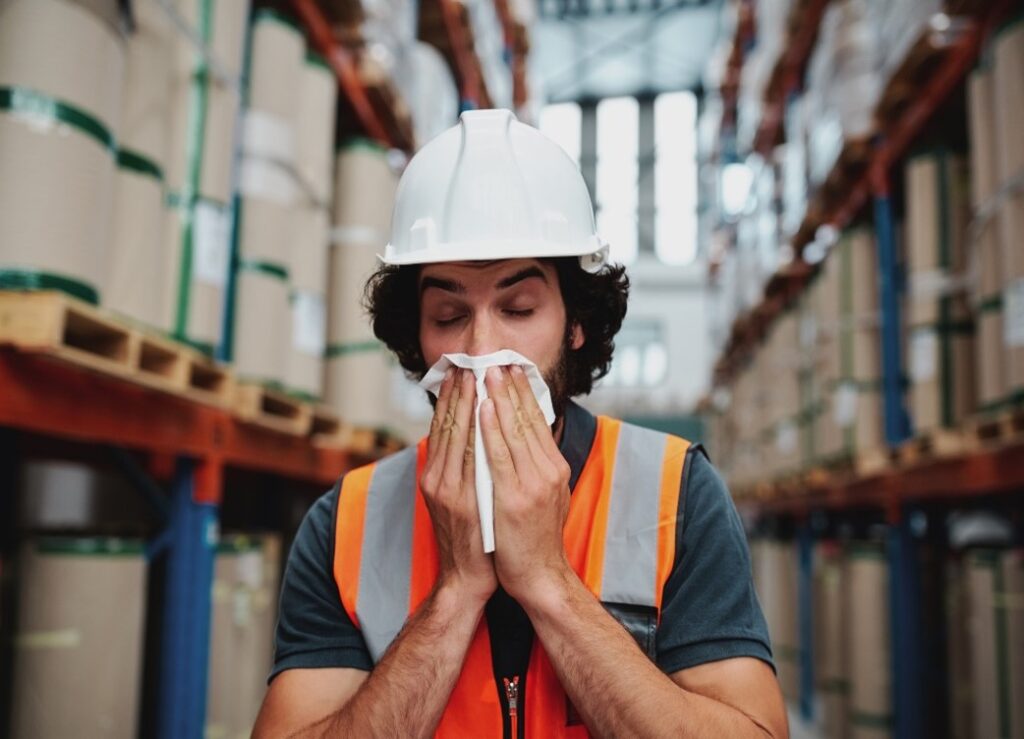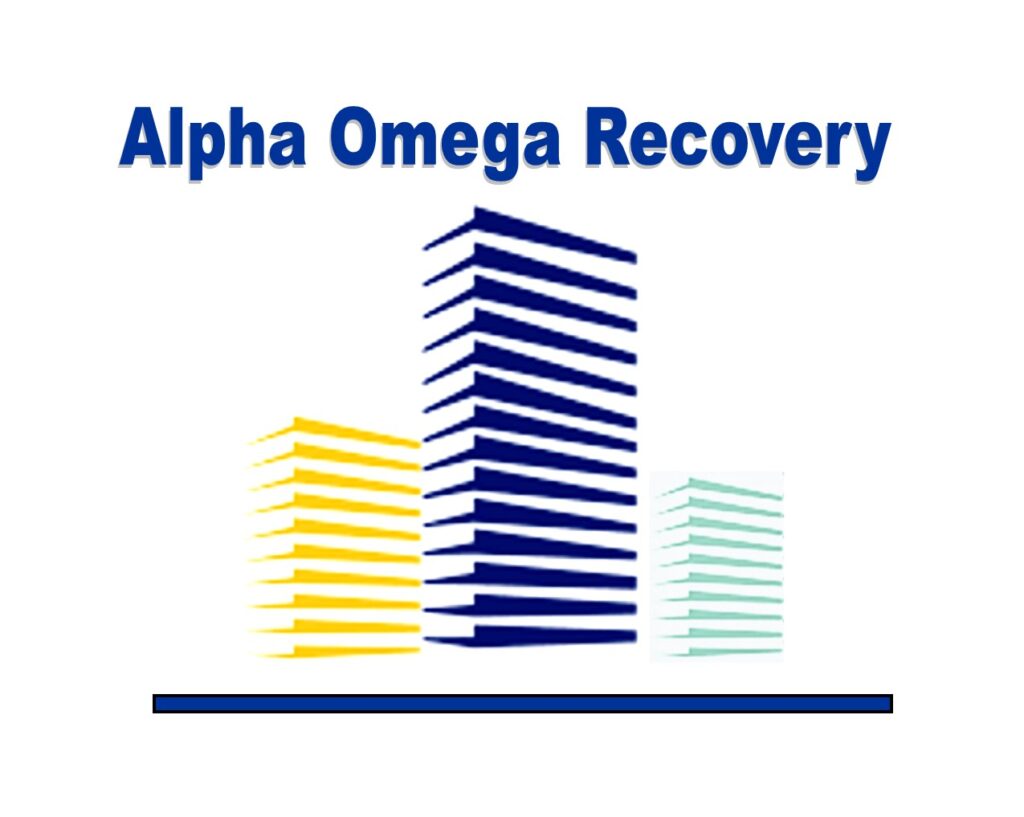Unveiling a closer look at Indoor Air Quality and Mold contamination.

In recent years, the term “Sick Building Syndrome” has gained prominence as an alarming issue affecting indoor environments. This syndrome refers to a condition in which occupants of a building experience various health problems due to poor indoor air quality. Among the numerous of factors contributing to Sick Building Syndrome, mold contamination emerges as a significant concern. Let’s investigate the concerns and dangers associated with Sick Building Syndrome, focusing particularly on the impact of indoor air quality and mold contamination.
Indoor air quality (IAQ) is a critical factor of the overall health and well-being of people spending substantial time indoors. Poor IAQ can result from various sources, including inadequate ventilation, chemical pollutants, and biological contaminants such as mold. The accumulation of airborne pollutants in enclosed spaces can lead to respiratory issues, headaches, fatigue, and other adverse health effects. Office buildings are especially serious because of the amount of time spent in that environment.
Sick Building Syndrome often manifests through symptoms like coughing, sneezing, throat irritation, severe headaches, and difficulty breathing. These symptoms can be directly attributed to the presence of pollutants in indoor air, highlighting the importance of addressing IAQ concerns to mitigate the risks associated with Sick Building Syndrome.
Mold, a common biological contaminant, poses a significant threat to indoor air quality and is a key contributor to Sick Building Syndrome. Mold spores are omnipresent in the environment, and when they find conducive conditions indoors, they proliferate rapidly. Dampness, high humidity, and water damage create an ideal environment for mold growth, particularly in areas like basements, bathrooms, and attics.

Mold releases mycotoxins into the air, which can be inhaled by occupants, leading to a range of health problems. Respiratory issues, allergic reactions, skin irritation, and even more severe conditions such as asthma have been linked to exposure to mold. Furthermore, certain molds produce volatile organic compounds (VOCs), which contribute to the overall degradation of indoor air quality.
The concerns surrounding Sick Building Syndrome are complex and necessitate immediate attention. First and foremost, the health implications for occupants cannot be overstated. Prolonged exposure to poor indoor air quality and mold contamination can exacerbate existing health conditions and may lead to chronic respiratory illnesses.
Furthermore, the economic ramifications of Sick Building Syndrome are considerable. Individuals experiencing health issues may incur medical expenses, miss workdays, and face reduced productivity, ultimately impacting both personal and societal well-being. Additionally, the cost of remediation and addressing the root causes of poor indoor air quality can be substantial, underscoring the importance of preventive measures.
To address the concerns and dangers of Sick Building Syndrome, a proactive approach to indoor air quality management is crucial. Adequate ventilation, regular maintenance, and prompt addressing of water leaks or damage can help prevent mold growth. Humidity control measures, such as the use of dehumidifiers, are essential in areas prone to dampness.
Regular inspections for signs of water damage, visible mold, and musty odors are crucial in identifying and addressing potential issues before they escalate. Proper ventilation systems, air purifiers, and the use of mold-resistant building materials can contribute significantly to maintaining a healthy indoor environment.
In Florida, because Mold is so common, and unscrupulous contractors often take advantage of the general public, a State approved Mold license is required for testing and inspection, and another license is required for actual remediation of the Mold. Also, a mold inspector can’t do the remediation or clean-up work. Plus, a Florida state qualified Hygienist must do the clearance testing to verify that the mold was, in fact removed.
Sick Building Syndrome, driven by concerns related to indoor air quality and mold contamination, represents a complex challenge with far-reaching implications for individuals and society at large. Recognizing the dangers posed by poor IAQ and mold growth is the first step toward implementing effective prevention and mitigation strategies.
By raising awareness, implementing proper ventilation, and maintaining vigilant building practices, we can strive towards creating indoor environments that prioritize the well-being of occupants and mitigate the risks associated with Sick Building Syndrome.
Author: Dick Wagner, Tactical Specialist
Alpha Omega Recovery, LLC

